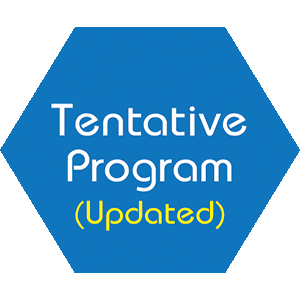
Beena G. Sood
Wayne State University School of Medicine, USA
Title: Surfactant during non-invasive ventilation in preterm neonates with respiratory distress syndrome
Biography
Biography: Beena G. Sood
Abstract
Purpose: Respiratory distress syndrome (RDS) is the leading cause of mortality and morbidity in preterm infants (PTI). Intratracheal instillation, the only approved means of surfactant delivery, requires endotracheal intubation and mechanical ventilation with their attendant risks. Widespread use of non-invasive ventilation (NIV) for initial respiratory support of PTI not only averts the need for intubation and MV but also delays surfactant instillation. We hypothesized that treatment of RDS with aerosolized surfactant (AS) in PTI undergoing NIV is safe and feasible.
Methods: We initiated a Phase I study of AS in PTI<37 weeks GA with RDS undergoing NIV. Sequentially enrolled infants received increasing doses and dilutions of surfactant using a MiniHeart jet nebulizer. Infants were monitored during AS and for 72 hours after AS.
Results: Of 17 patients enrolled, two extremely PTI exited the study for worsening respiratory distress. Fifteen infants completed study intervention; two were weaned to room air after the 1st dose of AS and 13 received 2 doses. The mean age (SD) at receipt of 1st and 2nd dose of AS was 7.2 (5.7) and 11.8 (6.4) hours respectively. Infants tolerated the aerosol treatment well. No significant adverse events were identified. Of 15 infants that completed the study, one required medical treatment for a patent ductus arteriosus; one received vasopressors, two were treated medically for necrotizing enterocolitis (NEC) and one was intubated at 19 days of age following a diagnosis of NEC. Majority of the 17 enrolled infants were discharged to home (n=15) without respiratory support (n=14) at a mean corrected GA of 355/7 weeks.
Conclusion: We have demonstrated the feasibility of administering AS to PTI; AS was well tolerated by infants. A Phase II clinical trial of aerosolized survanta duirng NIV in PTI comparing two doses and two nebulizer devices is currently ongoing.

